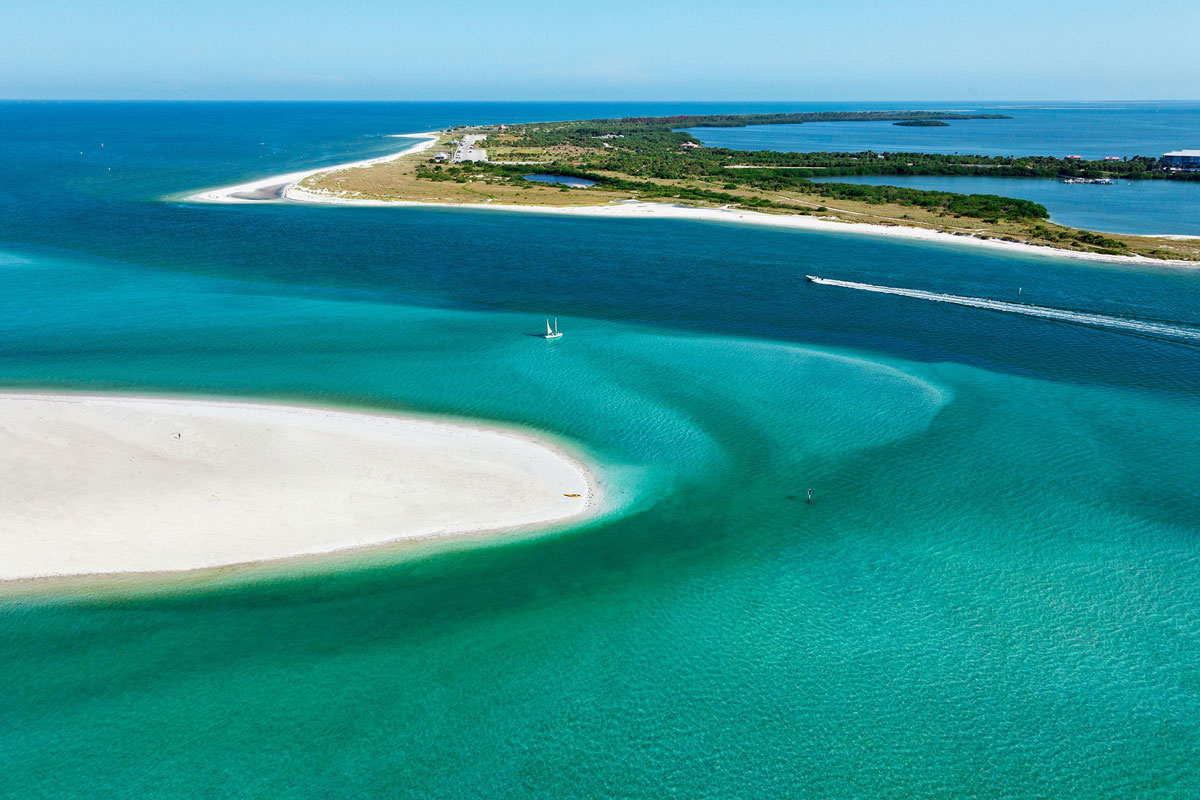As the world enters a period of unprecedented economic standstill animals are taking a break from humans.
Venice has regained its magic, Bondi has had incredible shark sightings and black bears have reclaimed Yosemite.
Now, as David Godfrey, Executive Director for the Sea Turtle Conservancy told CNN, sea turtles are thriving as Florida’s beaches remain empty.
View this post on Instagram
“With the beaches in Florida closed in an effort to stop the spread of coronavirus, researchers are seeing less plastic and waste, fewer people and vehicles on the beach and less disorientation for emerging hatchlings that’s caused by artificial lights on the beach.”
Because of this, the sea turtles are able to nest in peace.
Nesting season for leatherback turtles, the largest of all sea turtles, is happening right now, mostly in the central east and southeast coast of Florida, Godfrey told CNN.
“It takes about 60 days for sea turtle eggs to incubate and for hatchlings to emerge.”
However, during that time, the nest can get trampled, dug up or exposed to artificial light, which can harm the hatchlings.
With the current lockdown in place, that is no longer the case.
“I think there is a strong likelihood that we will see decreased human-caused impacts on sea turtle nesting this year, which is a rare silver lining to this global pandemic,” Godfrey said. “It’s premature to try and use numbers to demonstrate what we all think and hope is happening.”
What’s this mean? Basically, the numbers aren’t there yet, but the season is off to a good start.
View this post on Instagram
What happens when the sea turtles’ eggs begin to hatch, if the beach has re-opened by then? The experts say this is unchartered territory.
📢 Reminder 📢
When Duval County beaches & parks open today from 5pm to 8pm it is for exercise only – No chairs, coolers, sunbathing, or towels/blankets laid out to sit on.
Thank you for continuing to practice social distancing, for more information: https://t.co/TmkOmWZOqk pic.twitter.com/0mZLiMBoc9
— City of Jacksonville (COJ) (@CityofJax) April 17, 2020
While, on one hand, we all want normal life to resume as soon as possible, on the other, at least we know, if it doesn’t, there will be a bunch of little leathery beneficiaries.
According to CNN, we’ll have a better idea in late October, when the nesting season culminates. As for now, here are the facts as it stands: in Juno Beach, 60 miles north of Fort Lauderdale there are 72 (counted) nests so far; 71 leatherbacks nests and 1 loggerhead.
